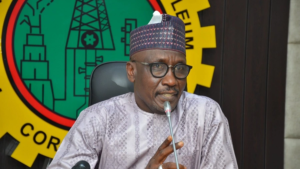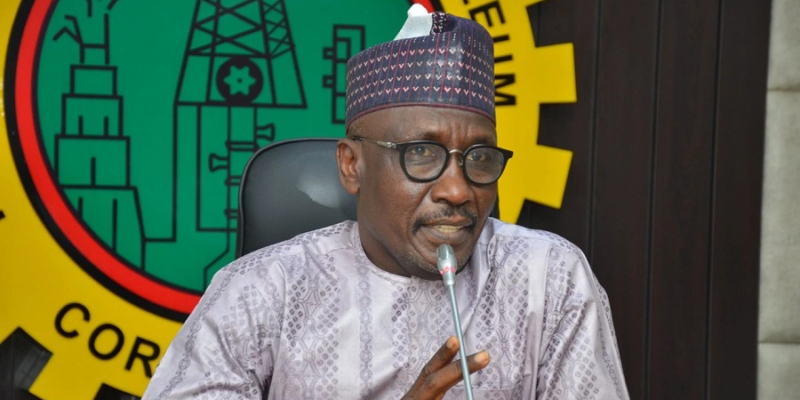
According to Nigerian National Petroleum Company Limited, the Federal Government would reconcile fuel subsidy deductions after no fuel subsidy payments have been made to marketers since January 2016.
When the corporation published a before-and-after gasoline subsidy fact sheet via its official Twitter account on Tuesday, July 4, it made this statement.
It’s crucial to remember that Mele Kyari, the Group Chief Executive Officer of the NNPC Limited, claimed the Federal Government owed it over $6 billion (N2.8 trillion) two days after President Bola Ahmed Tinubu proclaimed an end to gasoline subsidies in the nation. The NNPCL has spent exactly this amount to maintain the low price of fuel.
The recent decision to eliminate the fuel subsidy, however, was described as an important first step toward restoring macroeconomic stability, providing budgetary space, and enhancing development prospects in the World Bank’s Nigeria Development Update report. According to the World Bank assessment, Nigeria’s budgetary situation will improve with the subsidy removed.
This is because it lays the groundwork for an economy that is more resilient and expanding more quickly.
The NNPCL also made the following observations: Before No marketer gets paid a petrol subsidy by NNPC Limited as marketers buy below-cost pricing; After Marketeers will now pay the cost price as established by the market.
Before – The Federation was perpetually in debt due to subsidy payments. After – The load has been lifted, and a new period of increased opportunity and hope has begun.
Before NNPC Limited pays suppliers in cash or sends the equivalent amount of crude oil volumes as settlement, and after – Crude oil swap agreements will gradually disappear.
Before this change, suppliers imported goods on credit terms for NNPC Limited; after this change, NNPC Limited will no longer be the only importer of petroleum products.
Mele Kyari has previously said that the fuel subsidy program only helped 10% to 15% of Nigerians since it mostly benefited the affluent or higher middle class. He claimed that the elite strata in society, who own a variety of automobiles not used for mass transit, were the ones who benefited from the fuel subsidy scheme.

Comments